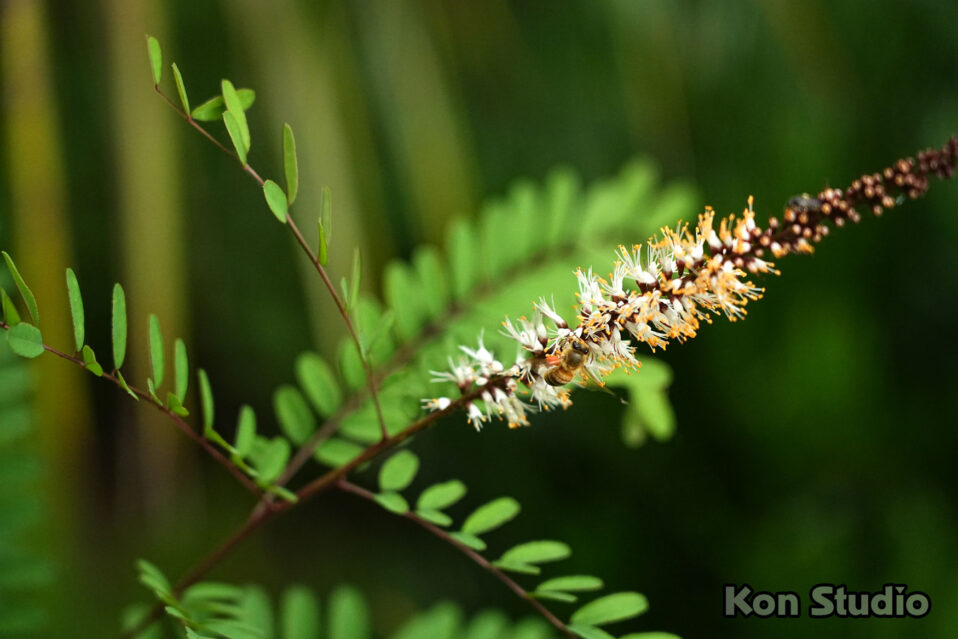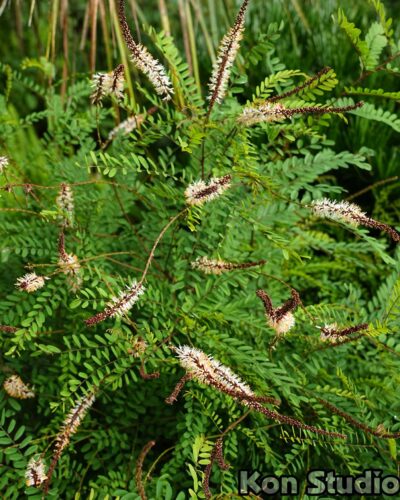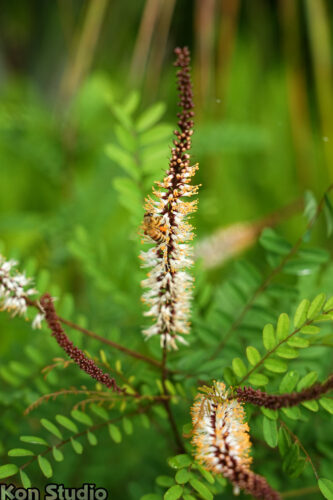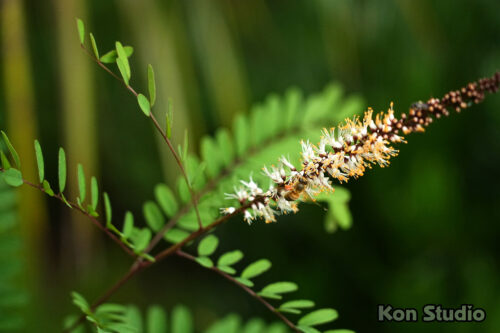The Miami lead plant is one of the few federally protected plants in Florida due to the 99% loss of the pine rockland habitat in southern Florida. This deciduous shrub species stands about five feet tall and is found among slash pines and poisonwood. Only six populations of Miami lead plants are known to Dade County. This endangered species is endemic to Miami-Dade County.
The Miami lead plant is most recognizable for its 6”-8” flower spikes, which are either lavender or white and bloom from spring to summer. The “flowers” are one singular petal attached to the glandular calyx. Seeds are produced in a flat pod. The lead plant’s native pollinators consist of flies and bees but cannot travel far due to spotty growth. The leaves alternate with leaflets and take a scalloped shape with bristled tips. The stalk and stem are hairless.
To bring the Miami lead plant back from extinction, plant conservationists are first focusing on rebuilding the rockland habitat. Prescribed fires are the most useful tool in reconstituting pine rocklands, and the controlled burns are done every 3-7 years. With close management of water sources, containment of exotic plant species, and prescribed burns, the Miami lead plant has a hopeful future on Florida soil.





Recent Comments